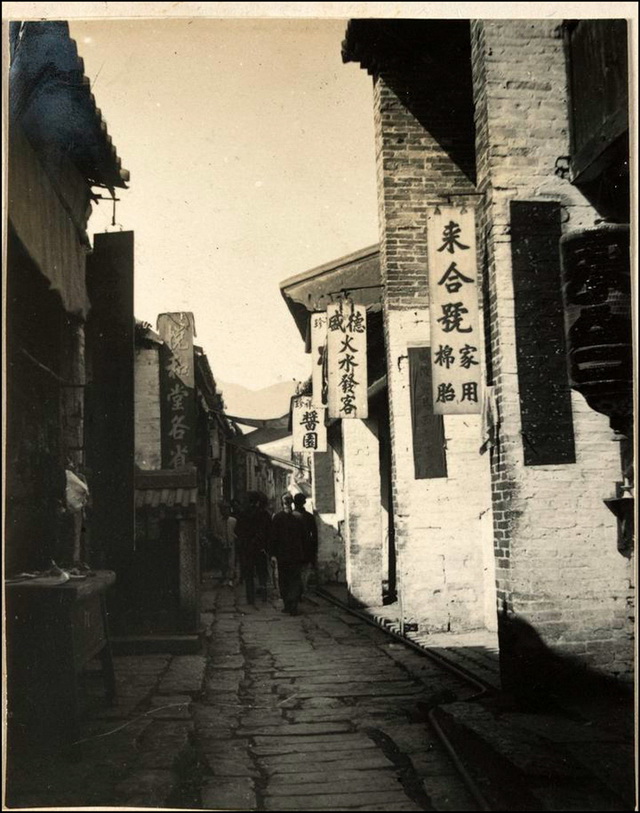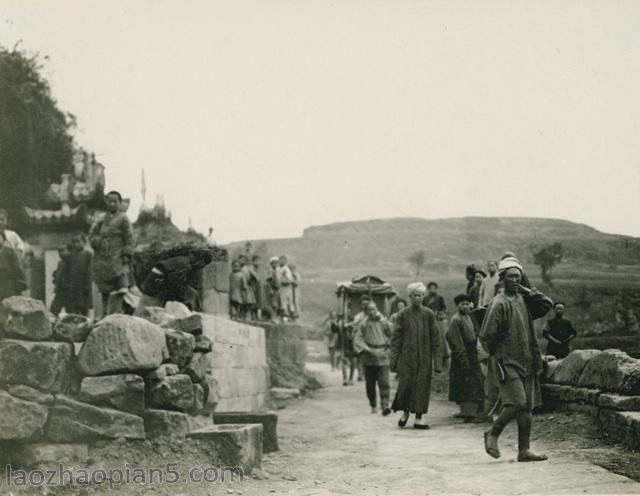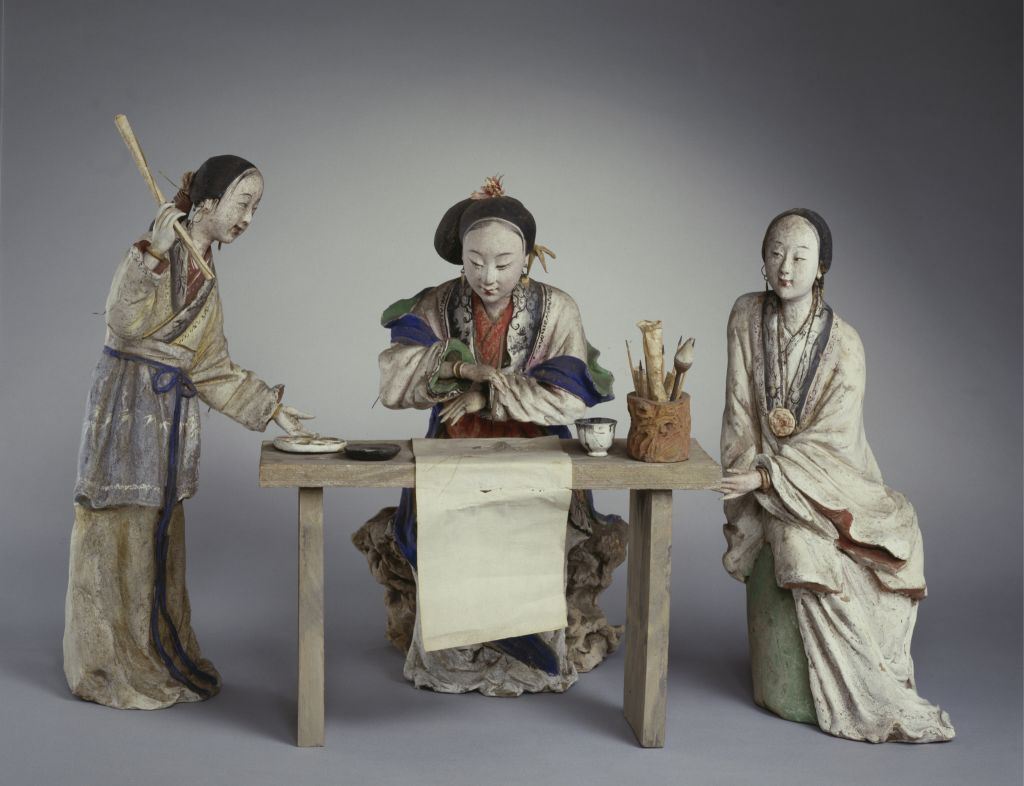[Chen Shu Chang Song Tu Axis]
Chang Song Tu axis, Qing and Chen calligraphy and painting, paper color, vertical 84.5cm, horizontal 30.1cm, no model year
The three parts of Shiqu Treasure Collection describe the storage of the summer resort
Treasure seal: the three parts of the five seals are the three parts of the treasure collection
This page is marked with the words “Song, the minister of the cabinet, has been in possession for three hundred years. The picture is available at leisure. Chen’s money book”. Seal “female history” Zhu Wenyin, “Chen Shu” Bai Wenyin
Chen Shu has more than 30 paintings. Qian Chenqun (1686-1774), the eldest son of the minister of the Ministry of Punishment, sent them to the Qianlong Emperor and hid them in the imperial palace of the Qing Dynasty. Among them, 23 paintings were recorded by various editors of Shiqu Treasure Collection. On the outside of the picture axis is the inscription of Qian Chenqun: “The Song of Chen Shuchang, the minister’s mother”, which is one of the paintings presented by Qian Chenqun to the palace and recorded in the “Three Collections of Shiqu Treasures”
Chen Shu’s landscape paintings are not only imitations of ancient painting traditions, but also a large number of sketches from life. She is good at observing her own living environment and keen on expressing nature. This picture axis is a landscape painting created by Chen Shu based on a 300-year-old ancient pine outside. There is not much ink in the whole picture, and only the light ink is used for it. The pine is as green as jade, and it is cool and pleasant. In the way of expression, the close-range painting is more realistic, and the pursuit of concrete depiction, even the edge of the thatched roof of the waterside pavilion, is also drawn with orderly lines one by one. Although the figures in the pavilion are as small as beans, the dynamics of his reading and the books in front of him are very detailed. The distant view is empty and abstract, the bamboo clumps are arranged horizontally with ink dots, the distant mountains are stained with light ink, and the texture, texture, and concave-convex changes of the mountains are not clearly explained. The author uses its emptiness to further highlight the reality of the close view. The realm displayed not only has a sense of peace and transcendence that is free from the mundane world, but also has a sense of closeness with the viewer. This house and this mountain can be lived and toured. The richness and depth of landscape and artistic conception are fascinating. The perfect combination of form and content is amazing. Emperor Qianlong wrote four poems in Jiashen (1764), Jiachen (1784), Gengxu (1790) and Guichou (1793)
![图片[1]-Chen Shuchang Songtu Axis-China Archive](https://chinaarchive.net/Qing dynasty/painting/63564[1024].jpg)




![[Qing Dynasty] British female painter—Elizabeth Keith, using woodblock prints to record China from the late Qing Dynasty to the early Republic of China—1915-China Archive](https://chinaarchive.net/wp-content/uploads/2022/11/image-191x300.png)
